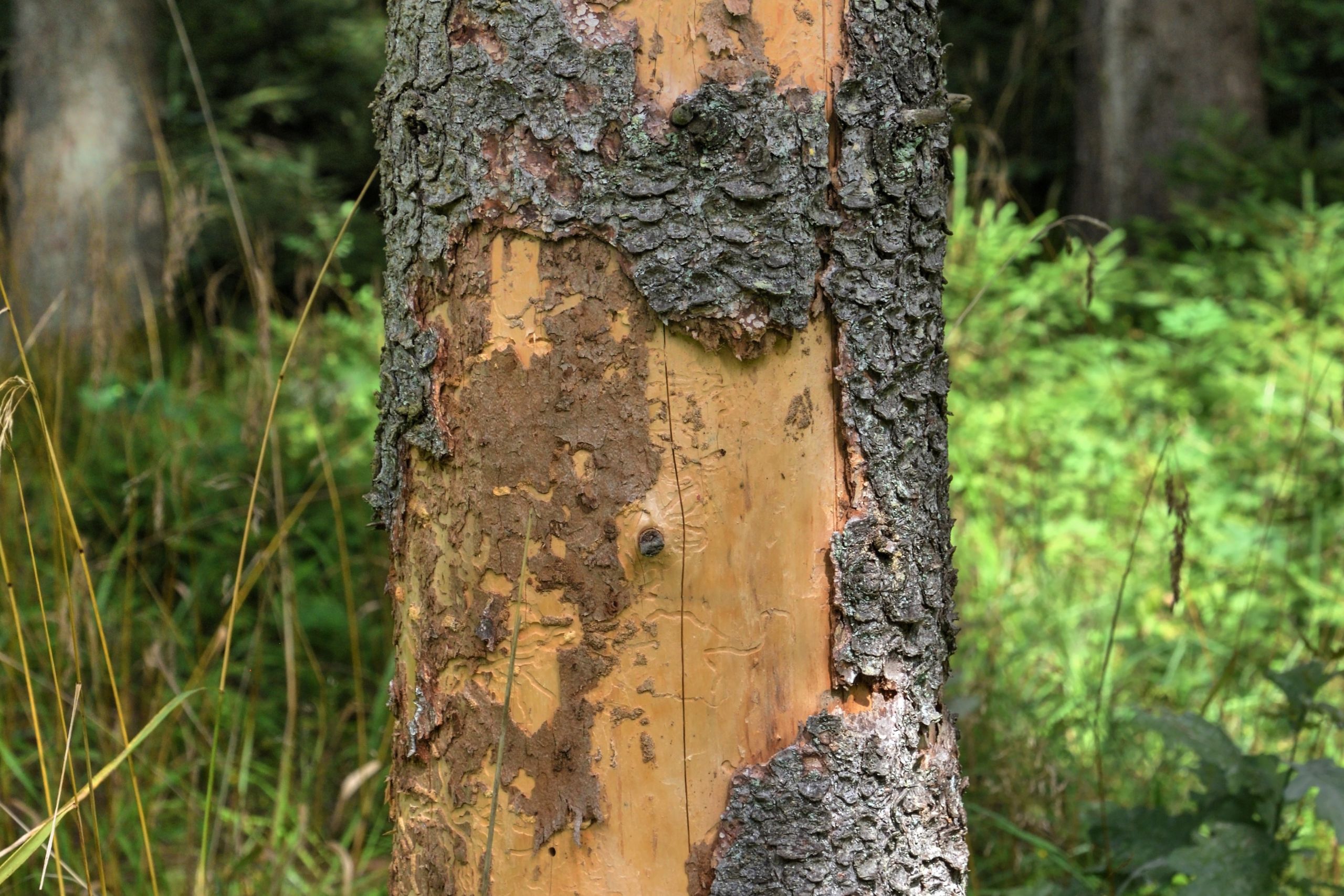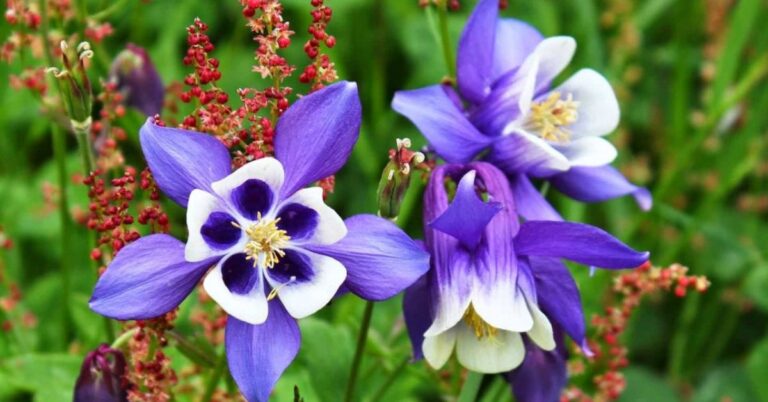How to Keep Pests Away from Your Trees
Key Takeaways
- Early identification of pest signs, such as discolored leaves or small holes in bark, is essential for effectively addressing infestations and protecting tree health.
- Natural pest control methods, like introducing beneficial insects and promoting plant diversity, can reduce the need for chemical interventions while maintaining a balanced ecosystem.
- Regular tree maintenance, including pruning, proper watering, and mulching, helps prevent pest problems and strengthens trees’ resilience against infestations.
Understanding the Threat of Tree Pests
Trees are an essential part of our environment, providing shade, improving air quality, and supporting diverse ecosystems. However, these natural giants face threats from a multitude of pests, ranging from tiny aphids to more substantial beetles and caterpillars. These pests can degrade the health of trees by damaging foliage, boring into trunks, and even attacking the root systems. If left unchecked, these intruders can cause significant damage, impacting not only individual trees but also entire landscapes. Identifying and addressing pest issues promptly is critical to maintaining healthy trees. In areas prone to pest problems, like Florida, it is advantageous to reach out to experts, such as an Orlando arborist, to devise effective strategies to protect your green companions.
Orlando arborists are skilled professionals specializing in the care, maintenance, and health of trees in the Central Florida area. They offer services such as tree trimming, removal, disease management, and planting to ensure the long-term well-being of trees in urban landscapes. These arborists play a crucial role in preserving the beauty and safety of Orlando’s green spaces while promoting sustainable tree care practices.
Identifying Common Tree Pests
The key to safeguarding your trees begins with early identification of potential pest problems. Common pests reveal their presence through specific signs: discolored or perforated leaves can indicate an aphid invasion, whereas small, round holes in the bark are often the mark of beetles. Sticky substances on leaves can point to honeydew, a secretion from sap-sucking insects like aphids and scale insects. Observing these manifestations allows homeowners to spot infestations in their onset stages when interventions can be most effective. Researching the specific pests in your area and familiarizing yourself with their behaviors can arm you with the knowledge to preempt a pest problem before it spirals out of control.
Natural Pest Control Methods
As awareness of environmental sustainability grows, many tree enthusiasts are turning to natural pest control solutions. Introducing beneficial insects is a widely embraced approach—ladybugs and lacewings, for instance, are natural predators of aphids and can significantly alleviate pest pressures without harming other beneficial garden inhabitants. Plant diversity also plays a fundamental role in minimizing pest populations naturally; a diverse array of plants and trees encourages a balanced ecosystem where natural predators can thrive. In these self-regulating environments, pests are less likely to reach damaging levels, reducing the need for chemical interventions.
Regular Tree Maintenance
Maintaining your trees is not only about keeping them aesthetically pleasing; it’s an essential part of protecting them from pests. Regular pruning to remove dead and diseased branches decreases the likelihood of pests finding a foothold. Furthermore, when a tree is well cared for—through proper watering, mulching, and fertilization—it is more resilient to pest attacks. A healthy tree can recover more quickly from minor pest damage and is better equipped to fend off invasive species. Establishing a regular care schedule tailored to the specific needs of your trees will foster an environment where pests struggle to thrive.
Understanding the Benefits of Mulching
Mulching serves as a multifaceted tool in tree care, offering benefits that extend beyond mere pest deterrence. By applying mulch around the base of trees, you help retain soil moisture—a critical factor during dry spells. It also moderates soil temperature, keeping roots cool in the summer and warm in the winter. Importantly, as organic mulches like wood chips decompose, they release nutrients into the soil, further nourishing your trees. Additionally, mulch creates a physical barrier that can deter pests and suppress weeds, which often act as alternate hosts for harmful insects.
Consulting with Tree Experts
When battling severe pest invasions, the expertise of professional arborists can prove invaluable. An arborist can offer a comprehensive assessment of your trees, identifying not just apparent pest issues but potential threats down the road. With this knowledge, they can tailor specific treatment plans that focus on minimal environmental impact while maximizing effectiveness. Engaging a professional ensures that your trees receive expert care, significantly improving their health and longevity. Always opt for services that prioritize sustainable and environmentally friendly practices to foster a healthy coexistence between trees and their surroundings.
The Role of Seasonal Care
Trees have distinct seasonal needs that influence their vulnerability to pests. For example, during winter, trees conserve energy and prepare for new growth in spring—a time when pest activity also ramps up. Preemptive care during winter, such as insulating roots and pruning after leaf fall, sets the stage for healthy growth in warmer months. In spring, vigilance is key; monitoring for early signs of pest activity allows timely interventions before populations can escalate. By aligning care practices with seasonal changes, you create a proactive framework that strengthens your trees against future pest challenges.







